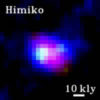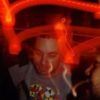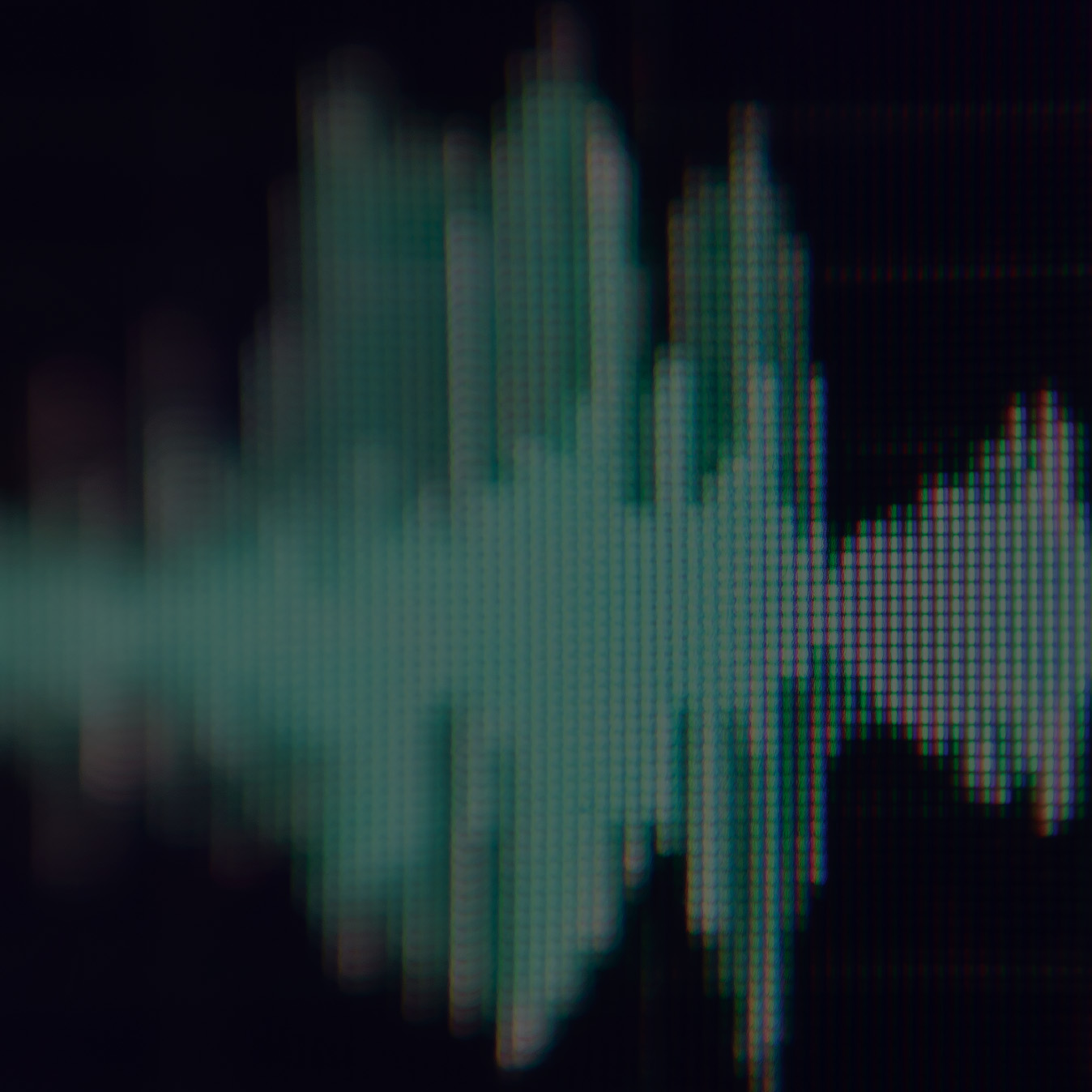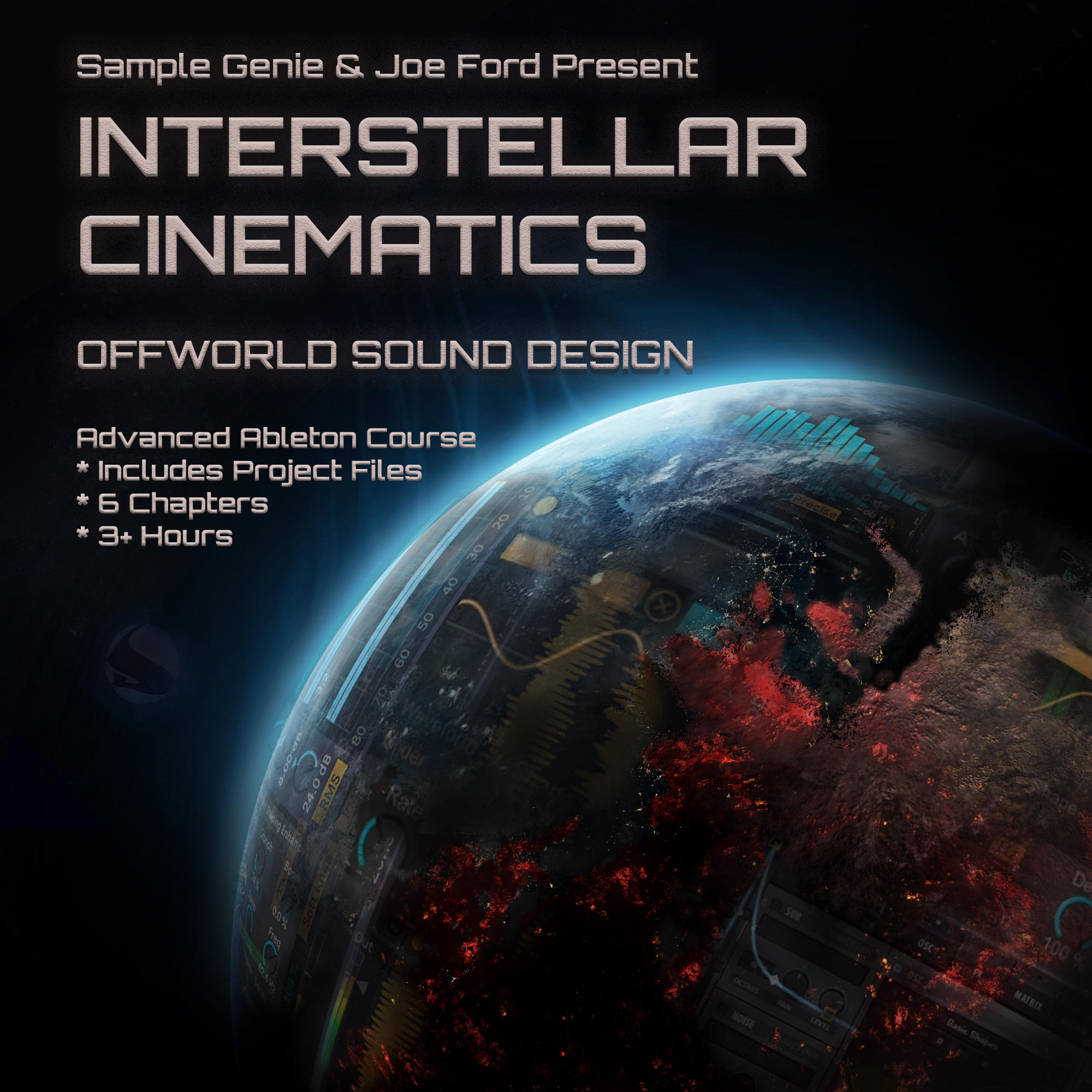Analysis of S6E04: DC Breaks – Bass Design & Process
- This topic has 9 replies, 4 voices, and was last updated 5 years, 10 months ago by ,
 shrike.
shrike.
-
AuthorPosts
-
-
2018-10-24 at 01:25:54 #55192,
 HarryModerator
HarryModeratorDC Breaks first video for Sample Genie. Meant to have these posted earlier in the month, but limited time.
—
Part 1 (22:43)
– Looking at designing bass patches in Serum, sequencing a bassline in Logic, and resampling bass audio in Kontakt00:50 – demo ideas is a 2-bar loop, created with six instances of Serum
– One track for the sub, other five for layers on top
– Sequenced in Logic01:15 – Chris/DC Breaks likes to have a beat going to work against
02:00 – explains jump in audio, and explains how he approaches sessions as writing sessions vs. mixing sessions.
02:30 – starts creation of a new patch, starting with basic shapes (sine, square, etc.).
– OSC A -> Basic Shapes wavetable, selected a position that was a PMW square wave
○ Unison is set to 13, to create 13 voices of the OSC
○ Detune set about 11:30 position, gives width to the bass sound
○ Blend at 50
– Filter with OSC A sent to it
○ Band 24
○ Cutoff about 10:30 position
○ Res about 10:30 position
○ Drive at 12 position
○ Fat at 1 position
– FX tab -> goes here to “phatten up the bass sound”
○ Hyper/Dimension – low rate, detuned a little, mix at 11 pos., size at 9 pos.
○ Distortion – tube setting, 12:15 pos., 1 pos., pre and HP
○ Compressor – threshold at 8 pos., ratio turned down, attack 12:05 pos., release & gain 11:55 pos.
○ EQ – frequency at 10 pos., Q at 12 pos., gain at 1 pos.
– Back to the main Filter window
○ States that Band 24 is a favorite filter
○ Liked that Serum has drive & fat parameters in its filters, as well as the Mix/Level knob.06:40 – modulating the sound (OSC A) through the filter
07:00 – goes through the variations of the bass sounds
08:00 – looking at the second bass from the loop
– Uses OSC B with a regular square wave, same amount of Unison & Blend, and then explains how he uses Serum’s LFOs to create movement
– LFO 1 goes to eleven sources
– Likes two LFOs doing different patterns, finds this can create interesting results
– LFOs 3 & 4 are more subtle movements, over a longer duration of time10:00 – explains bouncing to audio and how he sequences the parts of the bass
11:00 – explains the bass variations, goes in to how he has edited the Basic Shapes wavetable to give different characteristics.
– Spectral morph, adds harmonic distortion13:50 – explains how he sonically glues these basses together
14:50 – Sonalkiss Stereo Tools, to set a threshold between what is mono and what is stereo
16:15 – sub pattern, actual sub is a sine wave with some distortion
16:45 – bounces MIDI to audio, tightens up the start & end of each loop
20:30 – 8-bar loop and some quick variations
22:00 – bounces all bass, explains how bass hitting slightly off grid of the drums is good because it gives sonic space AND creates some groove
– Can help make a steppy, clinically sounding tune become funkier—
PART 2 (24:06)
– Creating variation layers with random FX layers, which he finds keeps sounds harmonious03:00 – looking at how everything fits together in the mix
– “If you chop your audio, put a fade where the snares are hitting.” -> 25ms fades at start05:30 – using TDR Nova parallel dynamic EQ to deal with kick & sub bass relationship
– Chris prefers this over Wavesfactory’s Trackspacer plugin, and TDR Nova is free07:20 – more variations with Serum, changing the wavetable but keeping all other parameters the same
09:00 – making a reece for the turnaround section
– Not a complex patch, just clean & well modulated11:00 – how to set LFO to key position
– Note # assigned to LFO rate17:15 – resampling and manipulating in Kontakt
*** I NEED TO RE-WATCH THIS SECTION. WILL UPDATE ***
—
THOUGHTS & QUESTIONS– I’ve done some modifications to the stock presets, from changing the table order, reversing the direction of frames, to setting morph modes on wavetables that were not morphed before. Interesting way to build up wavetables to experiment with. I also like creating my own wavetables from distortion plug-ins. Also made some new patches for myself after watching these videos.
– Part 1 @ 22 minutes, my favorite bit of advice from these two videos.
– TDR Nova: https://www.tokyodawn.net/tdr-nova/
– More DC Breaks production videos here: https://www.dcbreaks.com/production-videos
"Knowledge kept is knowledge lost." - Bobbito Garcia
-
2019-05-31 at 22:32:46 #82579,
 brbParticipant
brbParticipantHi, at the 12th minute (part 2), he explains how to make the LFO Rate follow the pitchbend. But my problem is that the LFO Rate follows the pressed notes’ BUT NOT PITCHBEND :(. I broke my brain. While playing throw the automation of the pitchbend, my LFO Rate doesn’t change in speed. Please help! I set the same settings as he shows.
-
2019-06-01 at 01:18:18 #82607,
 shrikeParticipant
shrikeParticipantThe LFO is not attached to the pitchbend…it is attached to the note #. He’s not touching the pitch when the LFO hits a higher rate on a higher note, he’s literally hitting a key one octave up.
_-| get to work |-_
-
2019-06-01 at 02:41:01 #82608,
 HarryModerator
HarryModeratorHi, at the 12th minute (part 2), he explains how to make the LFO Rate follow the pitchbend. But my problem is that the LFO Rate follows the pressed notes’ BUT NOT PITCHBEND :(. I broke my brain. While playing throw the automation of the pitchbend, my LFO Rate doesn’t change in speed. Please help! I set the same settings as he shows.
I’m pretty sure what he shows is the LFO rate following the note # played, nothing was assigned to pitchbend. You could try assigning Pitch Bend as the Aux Source for that modulation, and set the Pitch Bend amounts to 0 so that it only affects the LFO rate and not pitch.
I’ve uploaded a version of the patch, trying that. If you want to get it close to what was in the video, take Pitch Bend off of the Aux Source for the line that has Note# as the Source.
https://www.dropbox.com/s/tjn7qdgm9o71he5/DC%20Breaks%20Video%20-%20Reece%20PB%20edit.fxp?dl=0
"Knowledge kept is knowledge lost." - Bobbito Garcia
-
2019-06-01 at 18:52:53 #82730,
 brbParticipant
brbParticipantMany thanks for the answers and for the patch!! I mean the moment of the video (part two) at 12:49 -13:01 minutes, you can see that one note F is pressed, and at the same time the pitchbend moves. So when pitchbend starts to rise, lfo rate also starts playing more often. In this case, he has not set the parameter aux. And I cannot understand why, with the same settings and the same automation of the pitch, my lfo rate doesn’t start playing more often, but keeps the same speed. Maybe it depends that i’m using ableton but it’s strange
In any case, thanks for the tip about aux, I will use it.
-
2019-06-02 at 03:15:20 #82763,
 HarryModerator
HarryModeratorMany thanks for the answers and for the patch!! I mean the moment of the video (part two) at 12:49 -13:01 minutes, you can see that one note F is pressed, and at the same time the pitchbend moves. So when pitchbend starts to rise, lfo rate also starts playing more often. In this case, he has not set the parameter aux. And I cannot understand why, with the same settings and the same automation of the pitch, my lfo rate doesn’t start playing more often, but keeps the same speed. Maybe it depends that i’m using ableton but it’s strange
In any case, thanks for the tip about aux, I will use it.Rewatched a few more times, and now I see what you mean. He’s got an F note held on the MIDI clip, there is Pitch Bend automation, but it’s not clear how he did it. I spent a few minutes trying to figure out what it could be, but I’m not sure. Best I could come up with was this:

I set the Pitch Bend range to +12/-12, also have Pitch Bend assigned as a Source, LFO1 Rate as the Destination, and type set to ⬌ (the arrow going in both directions). The Amount Slider I didn’t push too high, that might be the trickiest part. Still doesn’t sound exactly right to me.
Maybe Sample Genie could reach out to Chris from DC Breaks and ask him?
"Knowledge kept is knowledge lost." - Bobbito Garcia
-
2019-06-02 at 19:09:26 #82873,
 brbParticipant
brbParticipantYeah it would be great
-
2019-06-04 at 06:51:23 #83086,
 dcbreaksukParticipant
dcbreaksukParticipantHi Guys,
The key to getting the pitchbend to modulate the LFO1 rate is that you need to route both the pitchbend and the Note# to he LFO rate. Try this: start a new init patch, turn on the filter section then in the matrix set it up as per the picture and then hold a note and push the pitch wheel you should hear the oscillation of the filter change speed with the pitchbend. Hope that helps!
Cheers,
Chris
-
2019-06-04 at 20:08:29 #83203,
 shrikeParticipant
shrikeParticipantWell gosh, my mistake. Good catch brb
_-| get to work |-_
-
2019-06-04 at 13:47:08 #83157,
 HarryModerator
HarryModeratorThanks Chris, so I was on the right track eventually. The big difference I see is you’ve got the pitch bend range set to +/- 2 semitones, where I was going +/- 12.
Also, for anyone that sees this, just realized for IMGUR image posts, just post the link, no need to use the img tag, it’ll show up.
"Knowledge kept is knowledge lost." - Bobbito Garcia
-
-
AuthorPosts
- You must be logged in to reply to this topic.



